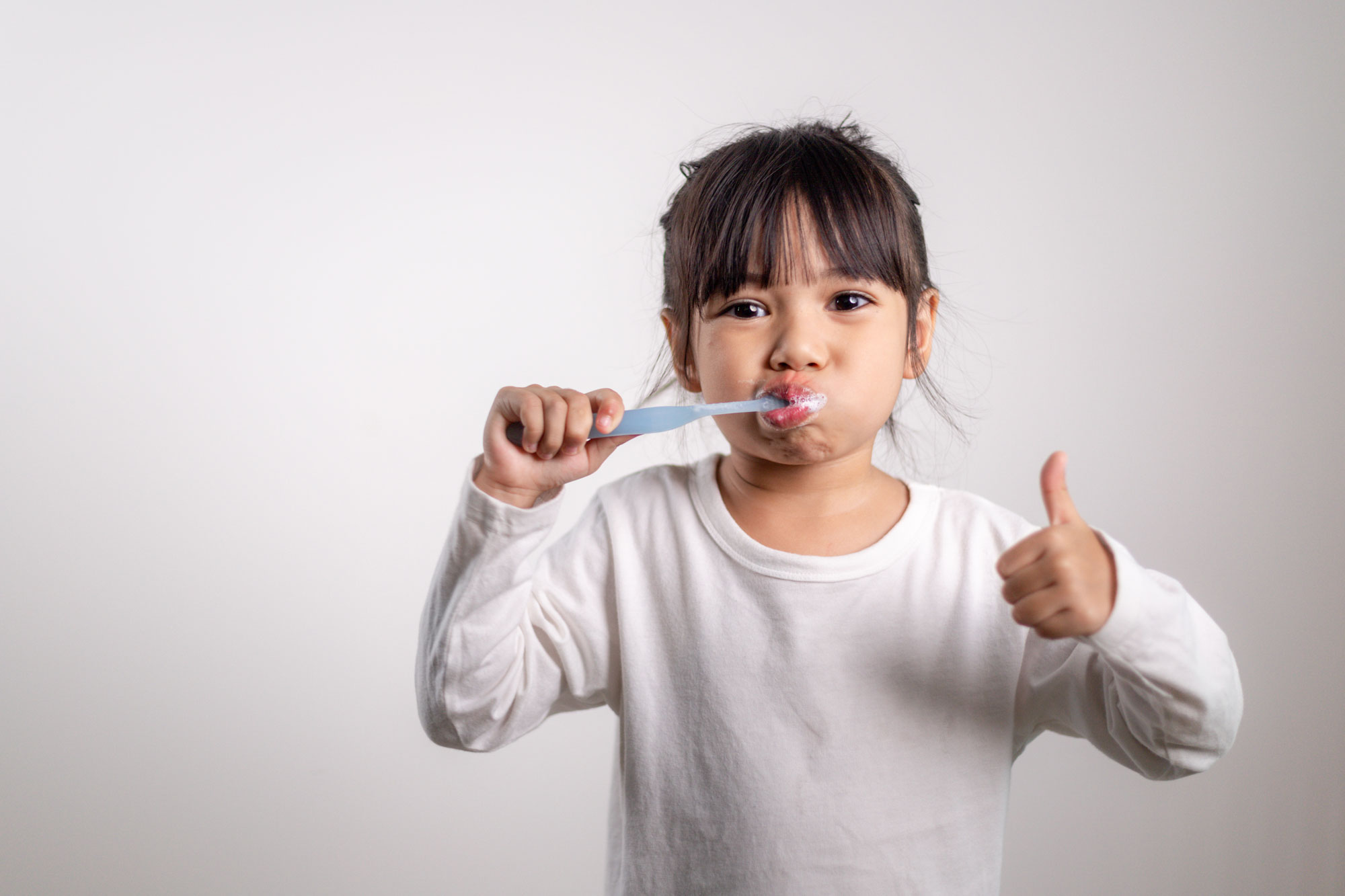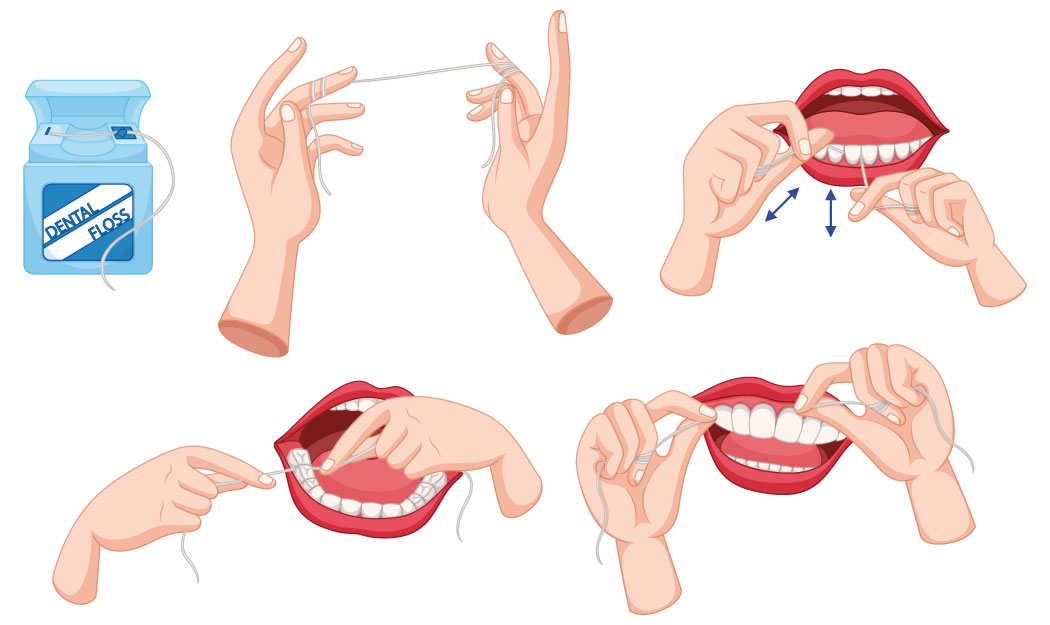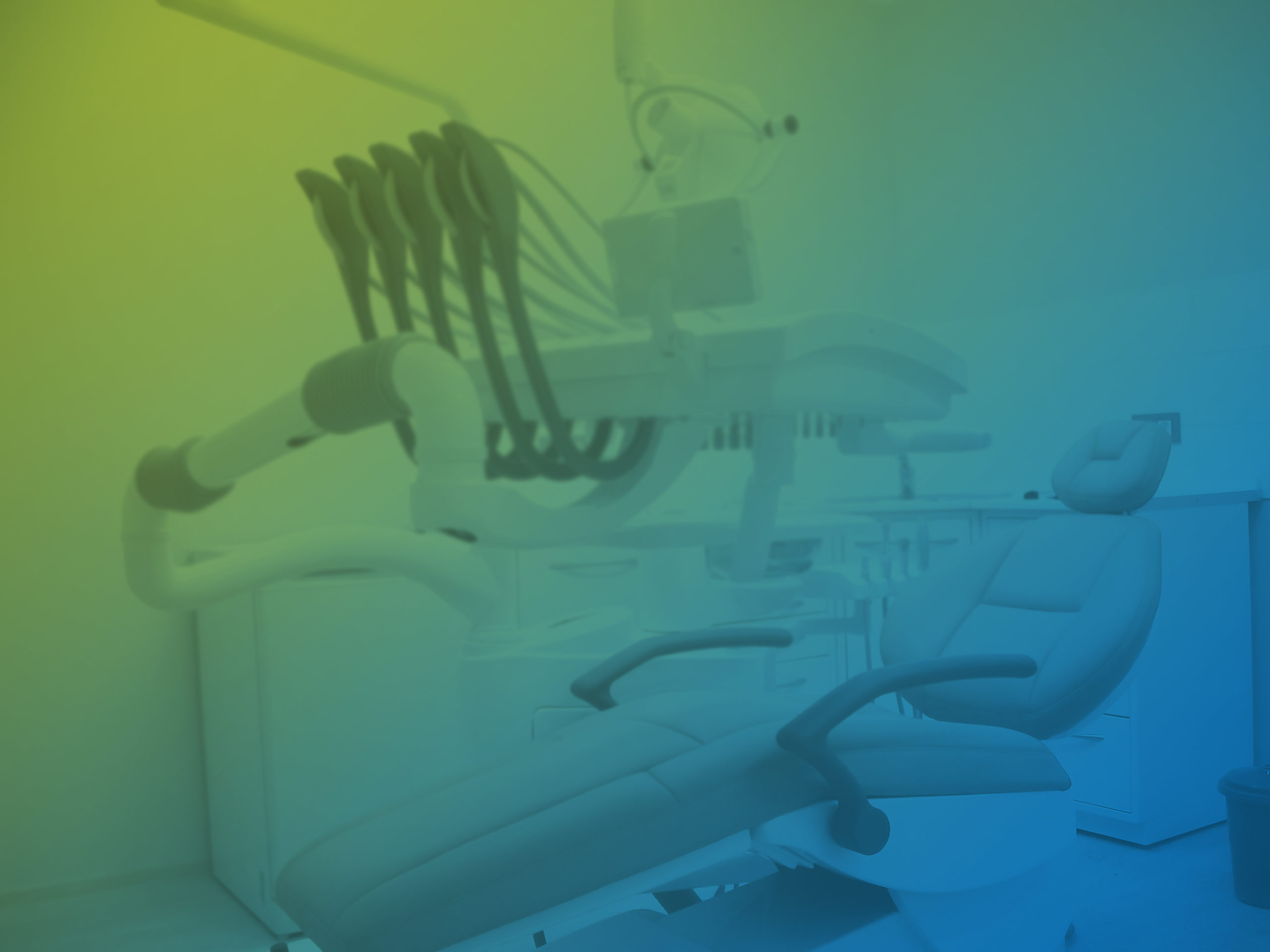The importance of personal hygiene
by Dott. Federico Fontana
How to brush your teeth
When performing initial check-ups, we notice that most people have been using the wrong brushing and flossing techniques. By simply changing a few details in daily cleaning habits, important results can be obtained.
Proper oral hygiene, through the removal of food and plaque, is essential to preserve the health of teeth and gums, using two essential tools: a toothbrush and interdental accessories (floss and interdental brushes).
The best quality toothbrushes to use are the ones with soft bristles. If the bristles are too hard, they can cause injury to the gums and the most delicate parts of the teeth over time.
The brushing technique is also very important: for effective cleaning, you need to place the brush head near the edge of the gum and rotate the toothbrush in the direction of the tooth, with a vertical “roller” movement. Horizontal brushing should always be avoided: in addition to being less effective, it is also very aggressive towards the gums, which could recede over time.
It is advisable to clean one hemiarch at a time, on the outer side and on the inner side, always starting from the back teeth and stopping at the incisors. For thorough cleaning, at least 2 minutes of brushing are required, ideally after eating. If this is not possible, you still need to brush your teeth at least twice a day, in the morning and at night before going to bed.


Dental floss
Unfortunately, toothbrushes fail to reach the spaces between the teeth where food deposits and plaque tend to accumulate. This is why flossing, or another interdental cleaning tool, is crucial.
To avoid the risk of developing a cavity between the teeth, flossing should be done every day at least once, preferably in the evening. For this reason, it should become an essential habit before going to sleep, just like brushing your teeth. Initially, it may seem a bit complicated, but over time passing the thread becomes easier and quicker.
Here are some tips for effective flossing:
- Wrap the floss around the middle finger of both hands, leaving between 3 and 5 centimeters of thread in the middle.
- Stretch the floss with your index finger and thumb to pass it through the upper arch (the thumb remains on the outside, while the index finger is positioned inside the arch), or with the two index fingers for the lower arch.
- Insert the floss between your teeth, keeping it taut. It is important that the tips of the two fingers stretching the thread are very close to each other: the length of thread to be used must be as short as possible.
- Create a “C” shape with the thread around the side of one of the two teeth.
- Now move the floss up and down, touching the base of the gum.

Foods to avoid
A diet rich in sugary foods and drinks is, together with tobacco, at the origin of caries, gingivitis, periodontitis and dental erosions. It is therefore necessary to reduce eating sugary foods as much as possible, especially between meals. Consuming fizzy drinks and fruit juices should also be limited, both being rich in sugars and acids that can damage the enamel.
A few tips for preserving good oral health:
- Reduce snacking between meals and eat only healthy snacks, such as fresh fruit, nuts or yogurt.
- Eat sweets only at the end of a meal or before brushing your teeth and avoid eating them throughout the day.
- Drink water instead of soda and fruit juices, both of which are high in sugar and acid.
- Avoid sugary candies, especially sticky or chewy ones.
- If you’re at home, perform thorough oral hygiene after each food intake.
- Have regular dental check-ups.


